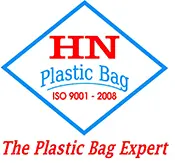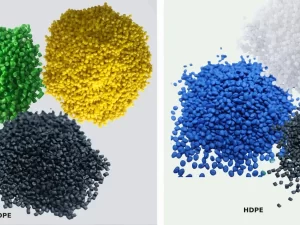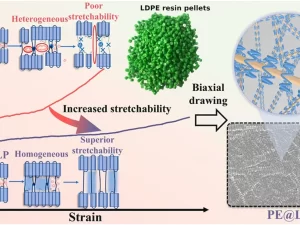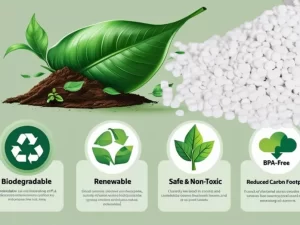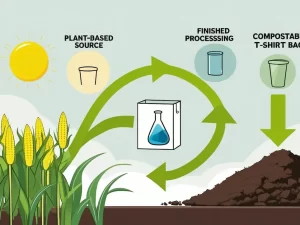📖 What is PE (Polyethylene)? An Overview of Its Properties, Types, and Applications
Introduction to Polyethylene (PE)
Polyethylene (PE) is the most widely produced plastic in the world. It belongs to the family of polyolefin resins and is known for its excellent versatility, durability, and cost-effectiveness. PE is a thermoplastic polymer made by polymerizing ethylene monomers, creating long hydrocarbon chains that form flexible and tough materials.
This plastic is used extensively in packaging, construction, agriculture, automotive, and consumer goods.
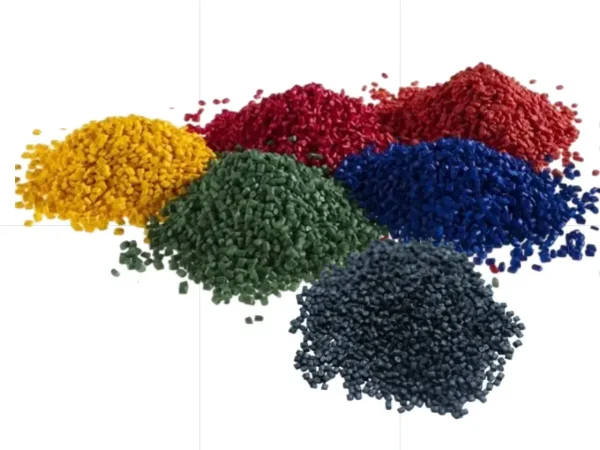
Properties of Polyethylene (PE)
Polyethylene materials offer a wide range of physical and chemical properties depending on their density and molecular structure:
Lightweight and Flexible
High Impact Resistance
Excellent Chemical Resistance
Good Electrical Insulation Properties
Waterproof and Moisture Resistant
Recyclable and Thermoformable
Types of Polyethylene (PE)
There are several types of polyethylene, categorized based on density and branching structure:
1️⃣ LDPE (Low-Density Polyethylene)
Soft, flexible, and transparent
Used for plastic bags, film wrap, squeeze bottles, and agricultural films
- Enhancing the biodegradation of low-density polyethylene (LDPE) using novel bacterial consortia: Bacillus sp. AS3 and Sphingobacterium sp. AS8
2️⃣ HDPE (High-Density Polyethylene)
Strong, rigid, and opaque
Used for grocery bags, rigid containers, pipes, bottle caps, and waste bins
- Transforming high-density polyethylene plastic bags into eco-friendly carbon dots for detecting ferric (Fe3+) ions
3️⃣ LLDPE (Linear Low-Density Polyethylene)
Combines flexibility of LDPE with enhanced strength
Used for stretch films, packaging films, and trash bags
4️⃣ MDPE (Medium-Density Polyethylene)
Tougher than LDPE, softer than HDPE
Used for gas pipes, shrink film, and carrier bags
PE Plastic Bag Applications
PE is extensively used to manufacture various types of plastic bags due to its outstanding flexibility and affordability. Common applications include:
Food packaging films
Agricultural greenhouse covers
Industrial liners and protective films
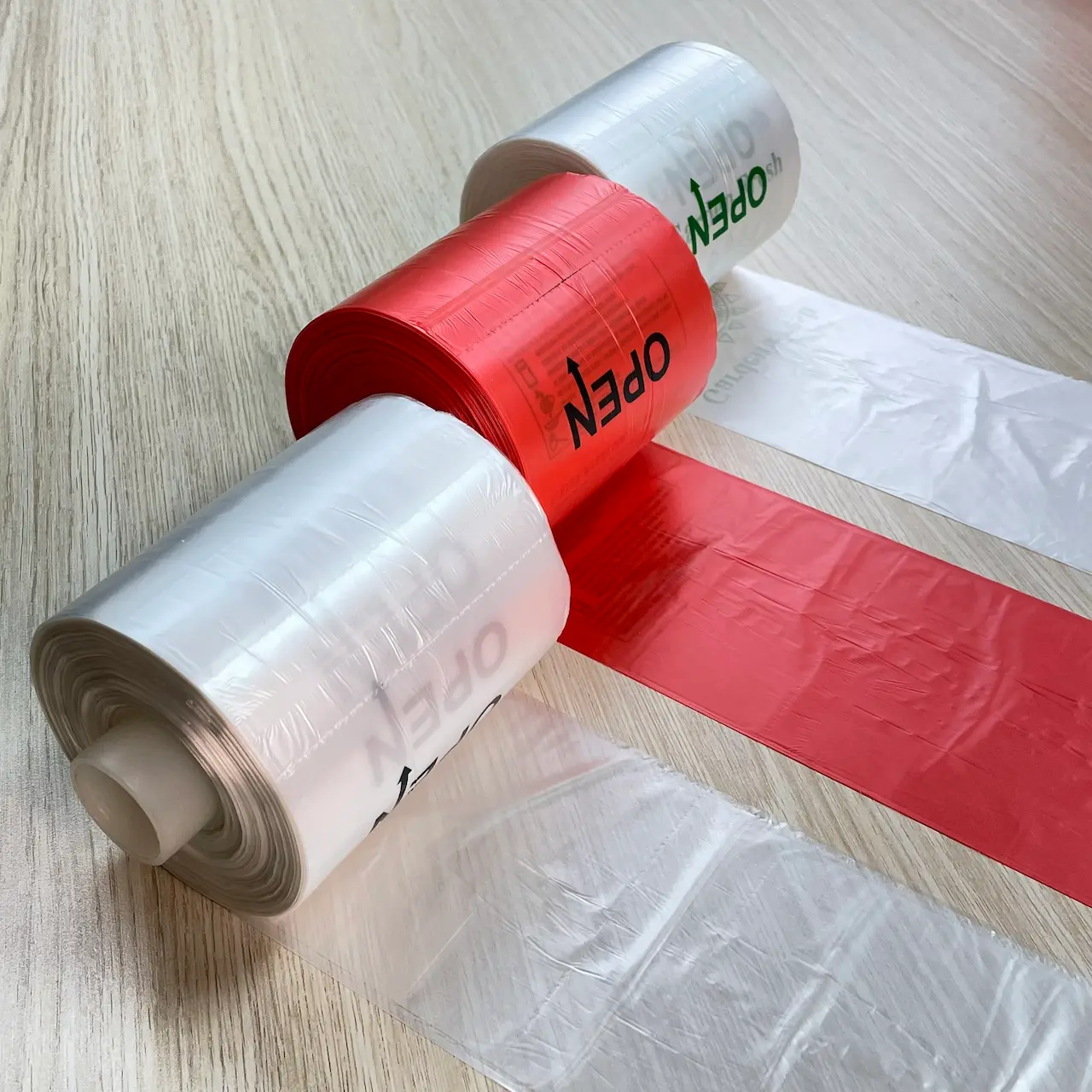
Environmental Considerations
While PE is fully recyclable, improper disposal contributes to plastic waste pollution. Advances in biodegradable PE alternatives and recycled PE products are gradually reducing the environmental impact of traditional polyethylene plastics.
Conclusion
Polyethylene is a highly adaptable material used across multiple industries. Its variations — LDPE, HDPE, LLDPE, and MDPE — offer a balance of flexibility, strength, and cost, making PE indispensable in modern manufacturing and packaging solutions.
